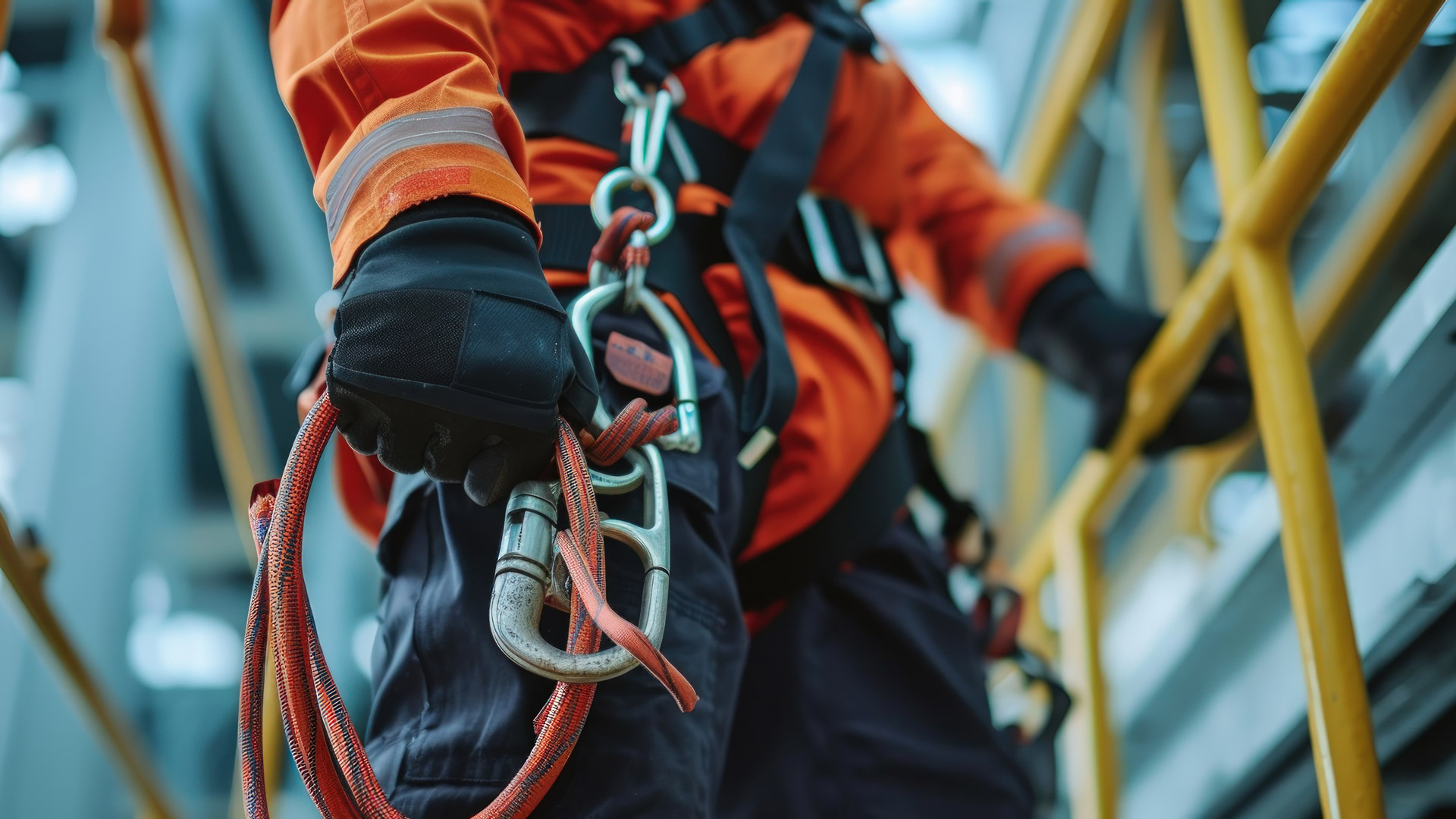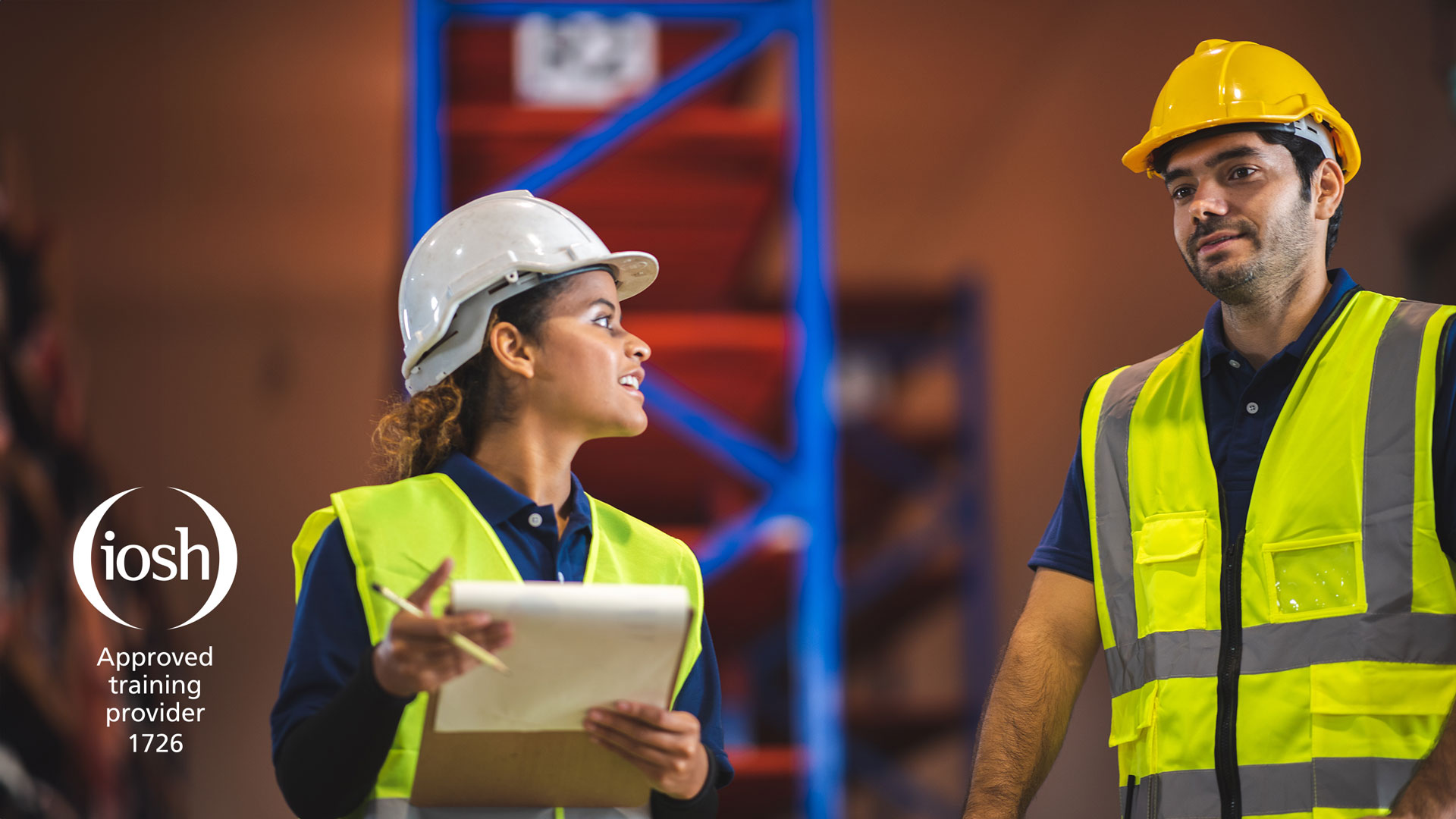A sole trader has been sentenced to four months in prison after he was found in breach of section 1(1) of the Employers Liability (Compulsory Insurance) Act 1969 as well as Regulation 4(1) of the Work at Height Regulations 2005.
Geoff Whitehouse’s worker was carrying out some works on a farm outbuilding roof when he fell onto a concrete floor, sustaining life-changing injuries as a result.
The Health and Safety Executive investigation was carried out by inspector Michael Griffiths. He explained how the job Whitehouse's worker had gone to do was "more industrial", requiring a farm outbuilding to have its fibreglass and plastic skylights replaced. The outbuilding was described as a "single- storey building, about 3m high, with a pitched asbestos cement roof that was very lightly supported inside." The roof was said to be "far less solidly built than a domestic roof”.
Griffiths continued:
“Mr Whitehouse decided that he could do the job with the two men who worked for him, working from on top of the roof using the equipment that he had, which was an extension ladder and a cat ladder that hooks over the ridge of the roof. On 11 August 2021, they set up the extension ladder then put the roof ladder on, and then Mr Whitehouse gave the two men quite specific instructions to stay on the cat ladder while he went off to the builder’s merchants to fetch some new skylight material.”
The biggest factor that led to the accident taking place is the fact that Mr Whitehouse decided the work could be done from on top of the roof. HSE guidance on work on fragile roofs states that any roof work to be done on top could be more safely done from below, using a tower scaffold. Although the skylights were bolted through the roof, Mr Griffiths remarked how the "bolts were probably corroded, and the advice would have been to crop them off and knock the skylights out from underneath".
Whitehouse did not consult the HSE guidance when planning the work and instead made the decision to do the work from on top of the roof.
Griffiths said:
“As could have been predicted, having two guys on one cat ladder – which would have to be progressively moved around the roof from skylight to skylight – was a bad idea that wasn’t going to be particularly convenient in terms of getting the job done. While Mr Whitehouse was gone, one of the guys came off the ladder to cut out a skylight – he thought that walking on the bolts where the asbestos sheets were bolted to the purlins underneath would offer enough support. Walking the bolts is not a safe thing to do and in this case the structure underneath wasn’t strong enough.”
The worker sat down on the roof under where the skylight was removed, with only two bolts holding the panel where he sat. Shortly after, the whole panel collapsed, with the worker plunging head down 3.5m. He ended up hitting woodworking equipment as he fell before dropping on the concreate floor.
The worker had to have a titanium plate in his head after the accident, and has suffered multiple neurological problems, including loss of memory, coordination problems, as well as a broken collarbone and a broken rib. The employee may never be able to return to work or drive, and is being cared for by his parents. Before the life-changing accident, the worker used to be the main carer for his dad, and now requires support from both his mother and father.
Midland Roofing did not have employer’s liability compulsory insurance (ELCI), meaning the employee is unable to receive any compensation for his sustained injuries.
Continued Griffiths:
“Even though Mr Whitehouse used them on jobs, both workers were self-employed for tax reasons. However, under health and safety law, Mr Whitehouse became the employer because these people were working under a contract of service for him, so he was telling them what to do. Therefore, Mr Whitehouse as Midland Roofing took on all the duties of the employer under health and safety law, including the requirement to have employer’s liability compulsory insurance. This became a key point in the court case.”
He added:
“He should have planned it so that a lot of the work was done from underneath. During the planning he could have also included mitigation measures, such as fitting netting or a crash deck inside the building to catch anybody if they did fall through the roof. He didn’t do that, so, once somebody had fallen through the roof, they were doomed to a 3 m fall and landing on either bits of woodworking equipment or the concrete floor.
‘However, after the incident, Mr Whitehouse did go to get training so that he is better equipped to plan these sorts of jobs, and he has decided not to work on industrial roofs in future. He has done everything that we asked him to do to avoid the accident happening again. He also pleaded guilty at the first opportunity, and he hadn’t deliberately cut corners to make money – he was just out of his depth on this job. All that was taken into account as mitigation by the judge.”
Whitehouse was sentenced to a four month custodial sentence, serving two months and being on license for the remaining two months.
Griffiths explained how the "courts are seemingly starting to lean more towards custodial sentences" and said:
"The sentencing guidelines changed in February 2016 – prior to that you had to breach a prohibition notice to be sent to prison. Now, almost all health and safety offences potentially have a custodial sentence attached to them, where individuals are prosecuted. This offence was deemed by the district judge to be medium culpability – harm category 1. So, the starting point for sentencing was six months in prison, with the range being from a band F fine or high-level community order up to one year in prison. The judge pitched the sentence below the starting point but not at the very bottom of the range. If Mr Whitehouse had been operating Midland Roofing as a limited company, then the sentencing guidelines would have been applied, with a starting point of £100,000 fine and a range of £60,000 to £160,000.’
The sentencing guidelines are important for those operating in the construction sector to understand and be aware of. It is also vital that all work is planned properly beforehand, with managers and planners consulting the HSE guidance in this process. Finally, having employer’s liability compulsory insurance is necessary to protect both the employer from litigation as well as the employee from potential significant injury risk.
You may also be interested in
RELATED CONTENT
RELATED COURSES

The Working at height course helps learners understand the dangers associated with working at height and ways to control the risks

The Risk Assessment and Method Statement (RAMS) course examines the HSE’s recognised five-step approach to risk assessment.

Introduction to health and safety gives learners a basic introduction to managing safety in their workplace.

The world’s best-known health and safety certificate, designed for managers and supervisors in any sector or organisation.

Work at height continues to be the most common cause of fatal injury, according to the HSE’s latest statistics, published on 6 July.

Solar panel company Blue Sun Energy Limited has been sentenced for safety breaches after a self-employed labourer fell through a rooflight.

The Access Industry Forum (AIF), the forum that represents the principal work at height trade associations and federations, is calling for clearer rep...

Latest research commissioned by the Ladder Association has again raised serious concerns that unsafe and potentially dangerous ladders continue to be ...